
Along with water and light, many houseplants also prefer to have a nice bit of humidity in their environment. Furthermore, some plants absorb water through their leaves so higher humidity can lead to thriving mosses, ferns, bromeliads, and orchids.
If you live in a warm and wet climate, most houseplants will do fine with the standard humidity (30-50%) in your home. However, in colder and drier climates, chances are that you’ll need to help your houseplants out with some added humidity.
Below you’ll find a few techniques that can help you raise the humidity for your plants.
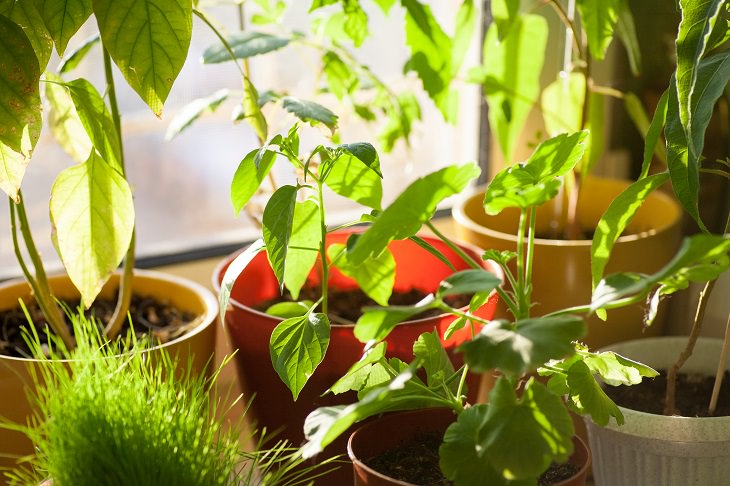
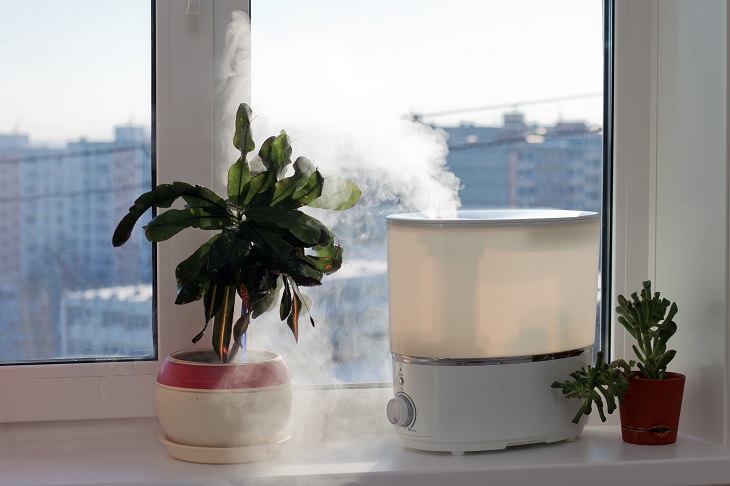
When looking to increase the humidity, of course, the first thing you probably think of is a humidifier. They’re very easy to use and don’t need a lot of upkeep if you choose wisely.
Recommendations for Choosing a Humidifier
Go filterless: No matter how much care you provide a humidifier filter with, there’s always a good chance that it will turn moldy on you. Furthermore, replacing the filters isn’t cheap.
Make sure the humidifier is the right size: Humidifiers are typically categorized by the size of the room they’ll be used in, so be sure to double check. It would be useless to buy a desk humidifier and assume that it will do the job in a 300 square foot room.
Ensure the humidifier can be easily cleaned: Shop around for a humidifier without a ton of extra pieces with little nooks and crannies. The trickiest part of cleaning a humidifier is removing the scale buildup from the water.
Check the noise and light: If the humidifier is going to be in a common area or bedroom, you’ll want to be able to sit down and relax without a constant noise in the background. Many humidifiers also come with lights that cannot be turned off, but you can simply put some tape over them.
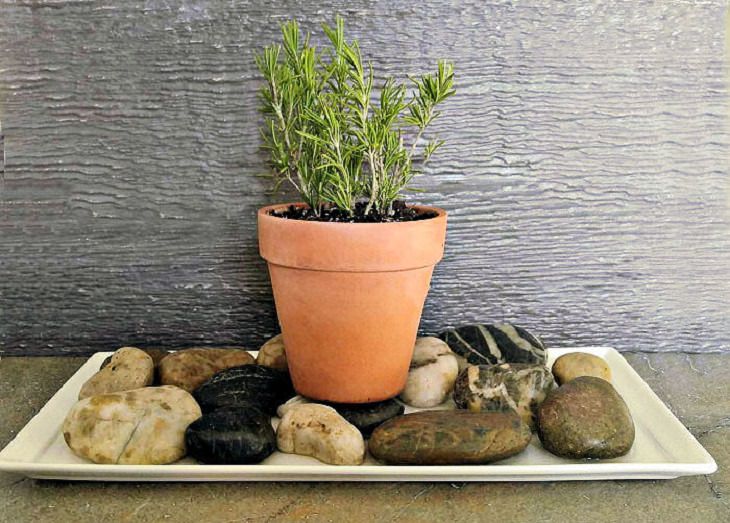
Another good way to increase humidity in a small area is to create a pebble tray. This is exactly what it sounds like: a shallow tray lined with pebbles that a plant pit can sit on. The tray can be a shallow bowl, a plant saucer, or even a baking tray. Water is poured over the pebbles until it reaches just above the bottom of the pot.
You don’t want the pot in the water, but right on top of it. Placing the pot directly in the water can cause your plant to get too much water and become sick.
The only downside to this method is that you need to clean them often. The pebbles will grow algae and start to smell a little funky if you don’t wash them.
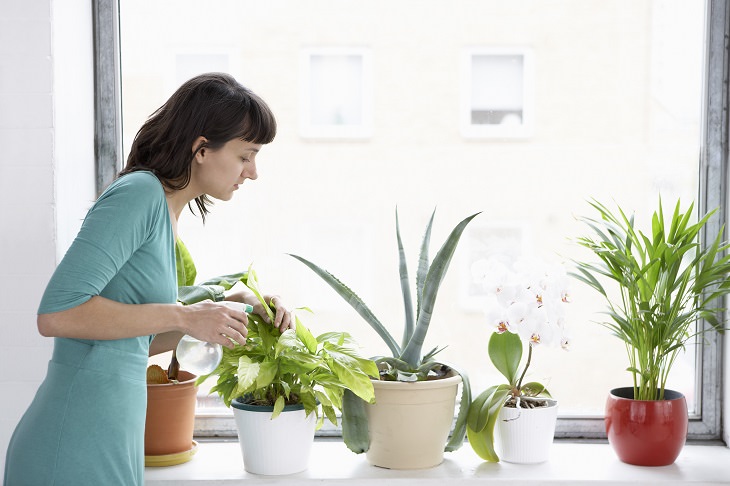
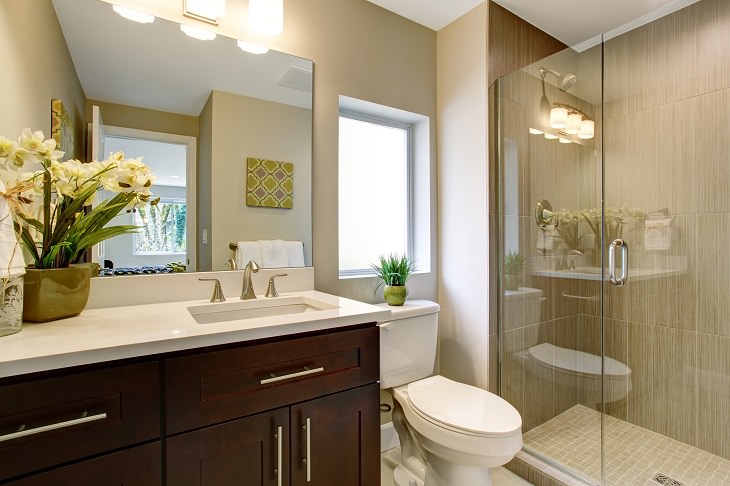
If your bathroom has a window, you should try and fit some plants in there. They’ll benefit from the extra humidity that your showers create and they’ll also make your bathroom look much nicer.
A sunny bathroom, with south, east, or west facing windows, is a great place for tropical plants. A bathroom that gets less sun because it has a north facing window is good for low-light plants such as spider plants, snake plants, and calatheas.

Source: instructables
Images: depositphotos